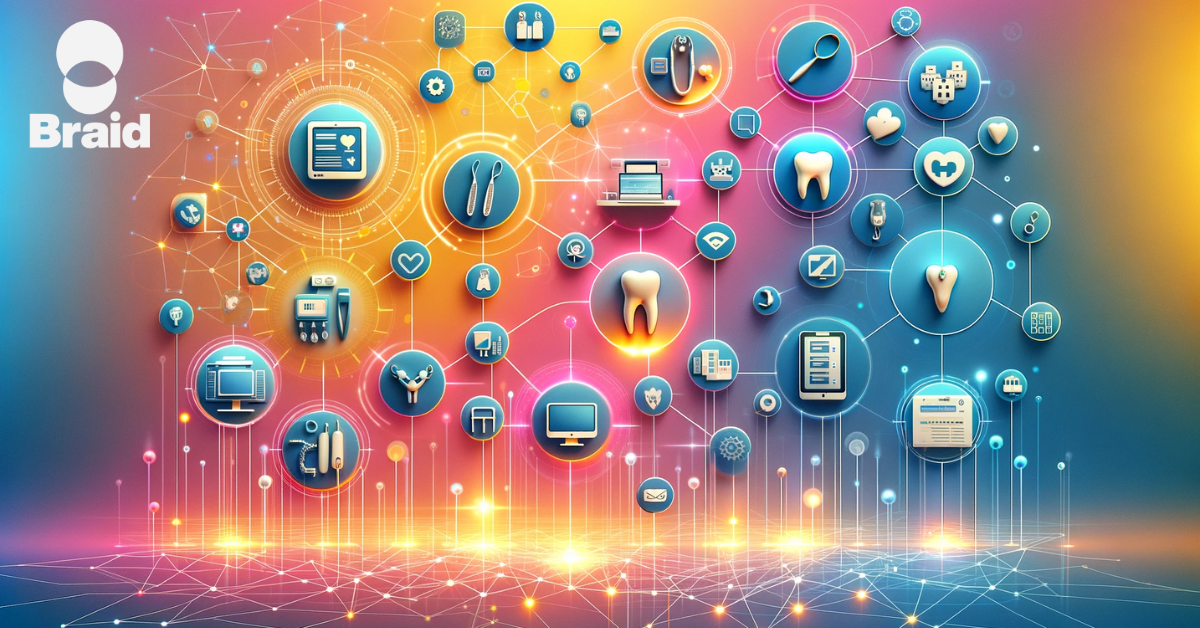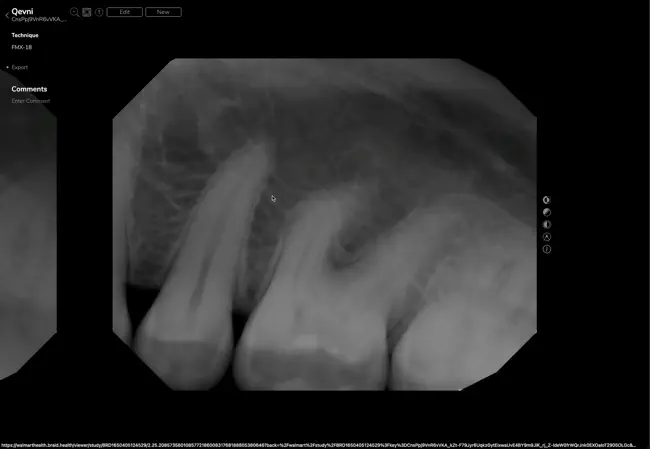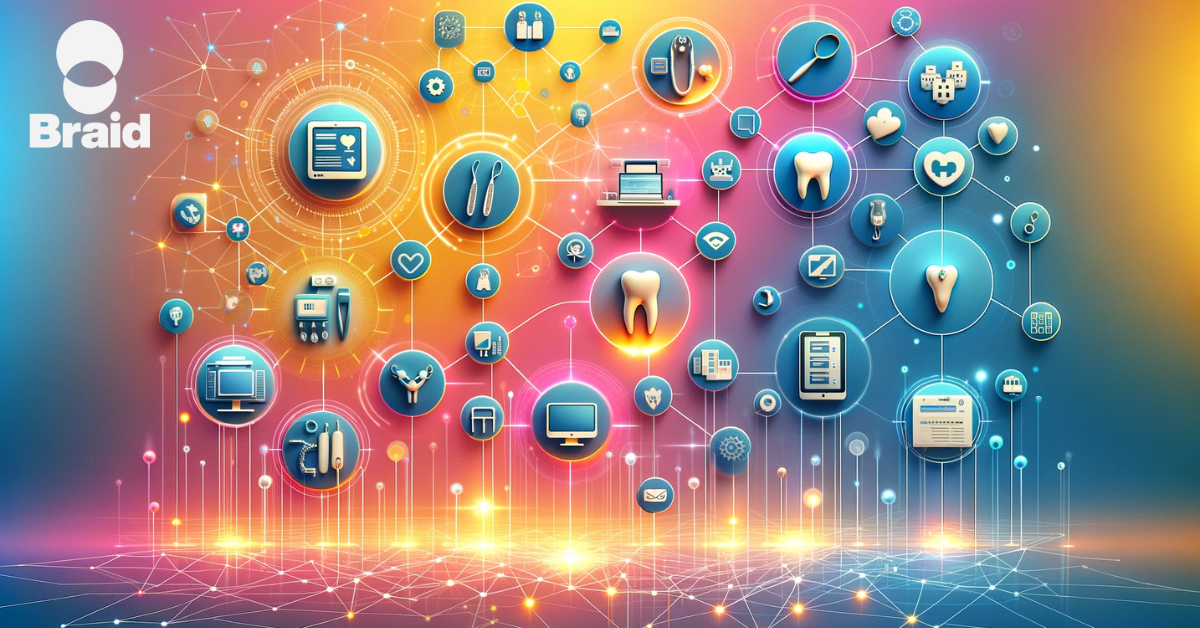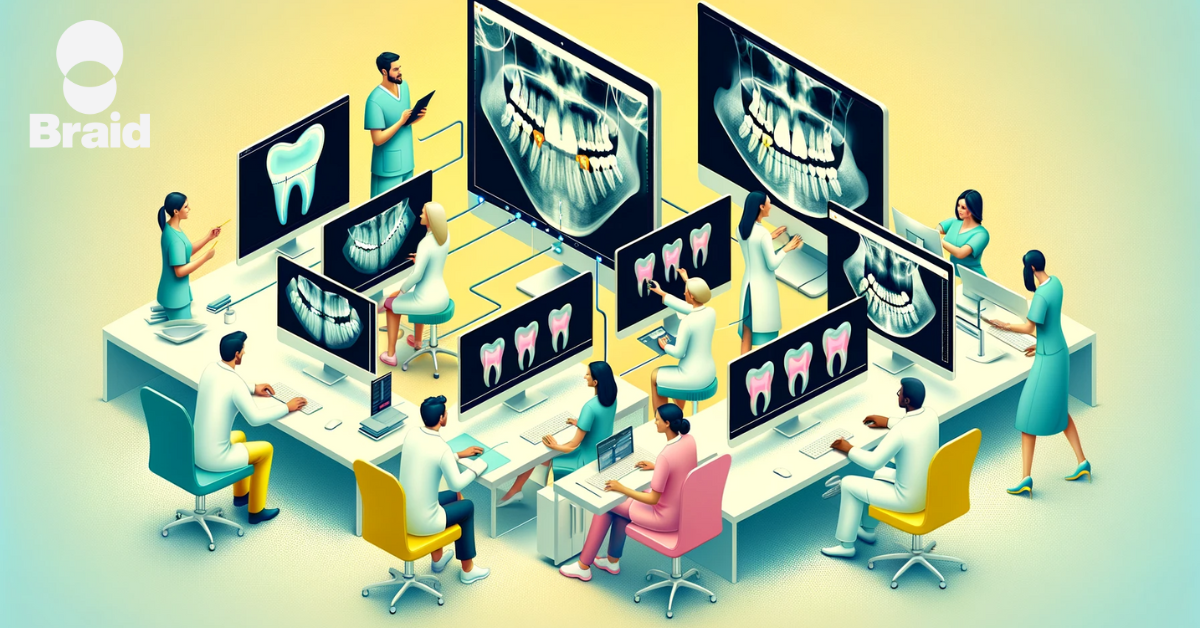How Real-Time Radiology Transforms Patient Experience with Instant Insights
When a patient is unwell, waiting hours for answers is not ideal.
Diagnostic imaging and radiology reports often become the frustrating bottleneck for a patient where time is of the essence. Since they are critical for accurate diagnosis and treatment decisions, patients depend on timely results, and any delay can heighten their anxiety and frustration.
Recent research shows that 64% of patients want easy access to their radiology reports, and 85% want to view their diagnostic images at their leisure. When patients are given their imaging results quickly with a clear understanding of their condition, they are more inclined to follow their treatment plans and feel more confident managing their health.
Real-time radiology ensures patients receive answers shortly after their images are taken. It's like having the expertise of a remote radiologist right in the room with the patient.
As the healthcare industry advances toward more efficient and patient-centered services, the field of radiology emerges as an area in need of transformation, and real-time radiology stands out as the tool to do it.

Download Braid Health's Whitepaper Here
Real-Time Radiology vs. Teleradiology – What’s the Difference?
In traditional teleradiology, delays in interpreting images like X-rays or scans can be very stressful for patients, as it slows down the delivery of vital information. This can be especially nerve-wracking when every hour or day that passes is crucial for their treatment.
While teleradiology enables remote radiologists to receive and review images from a distance, real-time radiology – a subset of teleradiology – harnesses modern technology to offer patients immediate answers and access to their diagnostic imaging results before they walk out the door.
Using a Picture Archiving and Communication System (PACS) to transmit and store these images securely, the key distinction between real-time radiology and teleradiology is the turnaround time (TAT).
Seamless Communication for Better TAT
Turnaround time is a critical aspect of radiology. It refers to the time it takes to perform an imaging study, interpret the results, and provide a report to the patient or their referring physician.
Real-time radiology makes instant collaboration between healthcare providers and radiologists a breeze. This real-time communication is vital when there are issues with image quality or errors, as it reduces the need to call patients back in for additional or repeat imaging. The ability for a provider and radiologist to interact as if they were in the same room ensures that the images are taken correctly, resulting in higher image quality and more accurate diagnoses.
When healthcare teams in different locations can collaborate in real-time to generate fast radiology results, it reduces confusion, frustration, errors, and delays. This leads to increased operational efficiency and higher patient satisfaction.
Obstacles in Interpreting Images and the Need for Patient History
There is always more to a medical story than what’s on a screen. That’s why access to a patient's health history is crucial for radiologists to get a complete perspective, providing context that enhances their interpretation and accuracy of imaging diagnoses. Without the context and history provided by electronic health records (EHRs), there is a higher likelihood of missed findings, misreads, and misdiagnoses.
Patients expect their providers and those diagnosing their ailments to get a complete understanding of their health status and history for more personalized treatment plans. It’s for this reason providers should opt for a real-time radiology solution that seamlessly embeds a patient's history within electronic health records (EHRs) and integrates it into the diagnostic process. Without this integration, critical details might be missed.
Improving the Patient Experience through Real-Time Radiology with Braid Health
Braid Health is revolutionizing the way patients, providers, and radiologists interact with diagnostic images. By seamlessly integrating with Electronic Health Records (EHRs), Braid's platform retrieves patient information, including demographics, vital signs, and lab results, eliminating the need for manual data entry. This streamlines the process for providers and radiologists, making it easier to draw diagnostic conclusions.
Braid catches the errors others miss by combining the best US-based radiologists and our advanced AI. Braid double-checks up to 90% of reviewed studies while other radiology companies only review 1-4%. The entire process typically takes 15 to 30 minutes from the moment an image is captured to the delivery of a diagnosis, or in other words, a turn-around-time of 30 minutes or less per study.
The platform also features a patient-sharing function directly within the interface. It's fully diagnostic and FDA-approved for mobile diagnostics. This means patients can leave the facility with their images in hand, or with a simple click, providers can securely share images using a QR code for immediate access.
As healthcare adapts to the digital age, real-time radiology is primed to be at the forefront of enhancing the patient experience. Discover how Braid Health is transforming the world of real-time radiology. Book a demo using the Calendar widget below to see how you can provide a patient experience they will remember.


